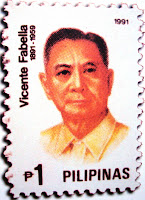Awesome Jeju Island
Rising 1,950 meters above sea level, Halla-san is the central
volcanic mountain peak of Jeju Island. About 360 parasitic volcanoes
surround Halla-san's base, the largest number of such volcanoes that has
been found around any single mountain peak. Halla-san is famous not
only for the uniqueness of its geographical formation but also for its
ecological diversity. The combination of high mountain peaks, oreums
(parasitic volcanoes), caves, and beaches make for numerous and various
environmental habitats.
A variety of plants and animals can be found on
Halla-san, where climates range from the subtropical to the temperate
and, even in some areas, polar.
The Geomunoreum Lava Tube system
was instrumental to Jeju's selection as a World Heritage site. The
Geomunoreum caves were formed by lava pouring down the island's
coastline from Halla-san, and both its length and scale make it one of
the largest and most distinctive of any such cave systems in the world.
Seongsan
Ilchulbong peak is an ideal spot for enjoying the sunrise. As it rose
from the sea, the geological history of the formation attracts visitors.
In
addition to the designation as Natural World Heritage Site in 2007,
Jeju Island has also been appointed to the World Network of Biosphere
Reserve in 2002 and the Global Geoparks Network in 2010. Jeju Island is
the first spot in the world to receive the UNESCO Triple crown
designation. Highlighting these aspects, Korea put a huge effort in the
vote for the New 7 Wonders. The island is an unexplored district
containing all seven themes; great landscape, island, volcanoes, coast,
cave, falls, and forest which were the main required elements for the
vote. Unlike other proposed sites, Jeju Island maintains a close
connection with the lives of people, offering space for culture and
history to co-exist.







